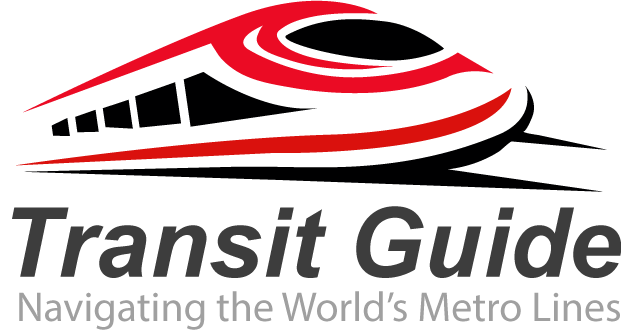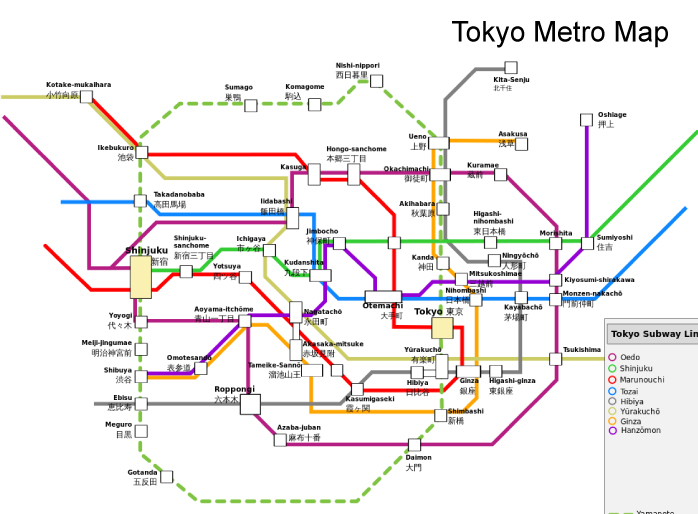Tokyo Metro stands out as a key subway operator in Tokyo, renowned for its expansive network spanning a significant portion of the city and its surroundings. Integral to Tokyo’s transportation infrastructure, it provides efficient and convenient travel solutions for both locals and tourists. Tokyo Metro operates 9 distinct lines, each marked by unique map colors, ensuring comprehensive coverage of essential areas such as major business districts, bustling shopping hubs, and prominent tourist destinations throughout Tokyo.
Key Lines
- Lines: Marunouchi (Red), Ginza (Orange), Hibiya (Silver), Tozai (Sky Blue), Chiyoda (Green), Yurakucho (Yellow), Hanzomon (Purple), Namboku (Green), Fukutoshin (Brown).
- Stations: Includes major hubs like Shinjuku, Shibuya, and Tokyo Station.
Major Stations:
- Shinjuku Station: One of the busiest stations in the world, serving multiple lines including the Marunouchi, Shinjuku, and Toei Oedo lines.
- Tokyo Station: A major transportation hub connecting Tokyo Metro with JR East lines and the Shinkansen (bullet train).
- Shibuya Station: Famous for its scramble crossing and serving the Ginza, Hanzomon, and Fukutoshin lines.
- Interchanges: Tokyo Metro lines often intersect with other subway lines and JR lines at key transfer stations like Ikebukuro, Shibuya, and Ueno.
Additional Information:
Fare System:
- Ticket Types: Tokyo Metro offers tickets such as single journey tickets, day passes, and IC cards (like Suica or Pasmo) for convenient travel.
- Fare Calculation: Fares are calculated based on the distance traveled, with different rates for adults and children.
Accessibility:
- Accessibility Features: Information on barrier-free access, including elevators, escalators, and facilities for passengers with disabilities or strollers.
- Priority Seating: Designated priority seating areas for elderly passengers, pregnant women, and individuals with disabilities.
Operating Hours:
- Service Hours: Typically, Tokyo Metro operates from early morning until around midnight. Some lines might have slightly different schedules, so checking specific line details can be helpful.
Travel Tips:
- Rush Hours: Advising travelers on peak travel times and how to navigate crowded trains during rush hours.
- Multilingual Support: Information on multilingual signage, announcements, and assistance available for international travelers.
Station Amenities:
- Facilities: Overview of amenities available at stations, such as restrooms, vending machines, and shops.
- Station Layout: Guidance on navigating through stations, including exits and transfer points.
Safety and Security:
- Emergency Procedures: Guidelines for what to do in case of emergencies, including evacuation procedures and emergency contact numbers.
- Security Measures: Information on security measures in place to ensure passenger safety.
Additional Resources:
- Tourist Information: Availability of tourist information centers at major stations, offering maps, guides, and assistance.
- Events and Campaigns: Updates on special events, promotions, or campaigns organized by Tokyo Metro that might interest travelers.
Map:
Here is the Tokyo Metro Map.
Contact Information:
For detailed inquiries or assistance regarding Tokyo Metro, here are the contact details:

